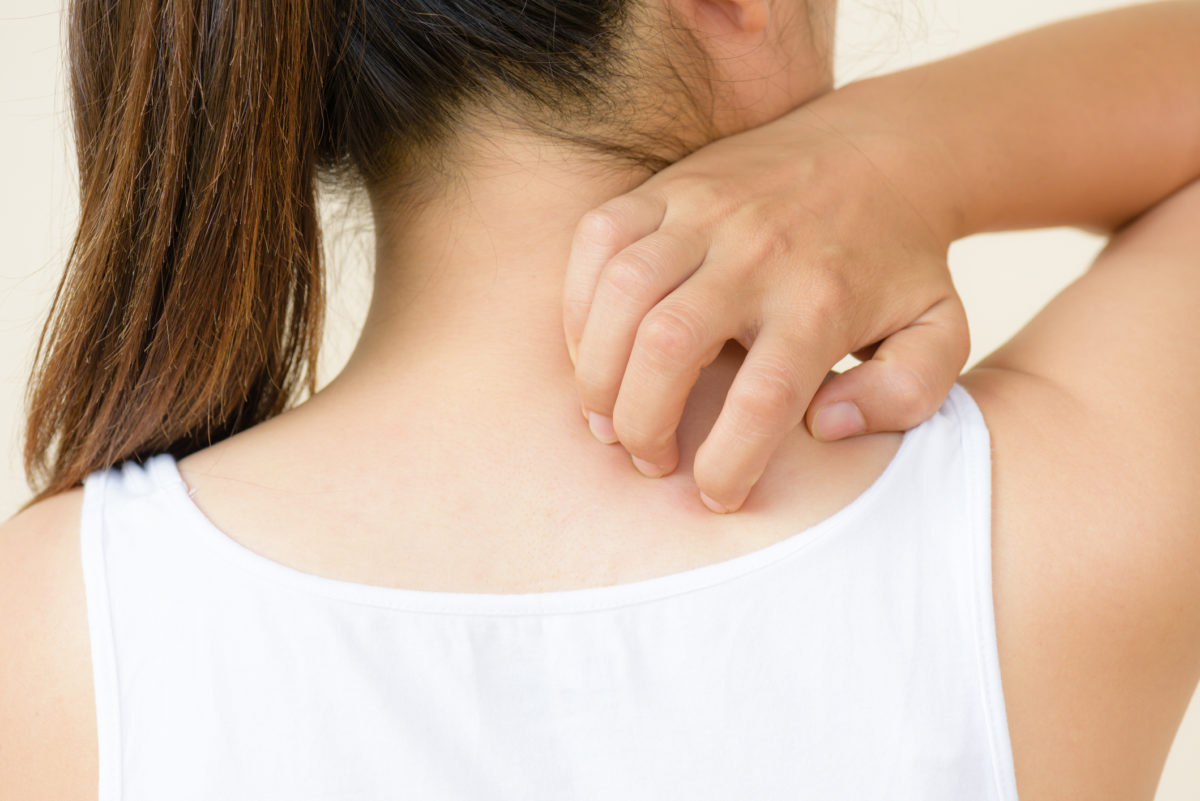Let’s talk about molluscum contagiosum. At Peraza Dermatology Group, we see a lot of cases of this common skin condition. Let’s cover the basics.
WHO: Children and adults are both affected by molluscum, although it is most commonly seen in kids.
WHAT: Small (1/4 inch or less) pink or white pearly bumps that are caused by a common virus. Most people get between 10-20 bumps, but a weakened immune system can lead to 100 or more. The bumps tend to be dome-shaped, often with a dimple in the middle. These dimples can be filled with a thick, white substance. The bumps are painless, but they can get very red and itchy. As with almost any irritated skin, the temptation to scratch and itch can be overwhelming, but do your best to not itch, as this can spread the virus around your skin.
WHERE: While the bumps can appear anywhere, younger patients typically get bumps on their face, neck, chest, and armpits. For adults, bumps can also manifest on the genitals, thighs, or lower abdomen.
WHEN: Signs of molloscum typically appear 2-6 weeks after exposure, but it can take up to several months.
WHY: Exposure to the virus. Normal healthy individuals, especially children, that have not developed an immunity to the virus from overcoming a previous exposure are susceptible. A weakened immune system that increases your risk of susceptibility — AIDS, cancer treatments, etc. — can lead to severe cases of molluscum. Atopic dermatitis, the most prevalent form of eczema, also increases your risk. Sexual contact contributes to the spread of molluscum.
HOW: There are two ways to get the virus. 1. Skin-to-skin contact with an infected person. Children get and spread it because they have a lot of skin-to-skin contact in their lives. Teens and adults are prone to contracting it through sexual contact. 2. Contact with an infected item, especially damp/wet vectors. Think of a shared towel, toys, or wrestling or gym mats. As long as the bumps are present, one remains contagious.
We have many options to treat molluscum at Peraza Dermatology Group. While the bumps often disappear in 12-18 months, we recommend treating early so the bumps don’t spread too much. It’s easier to treat when they are fewer in number.
We have several painless options such as a synthetic blister beetle compound called Cantharone, or more direct destruction of the lesions with liquid nitrogen, and or curettage for treating molluscum. If you have any concerns, please contact us for a consultation.


